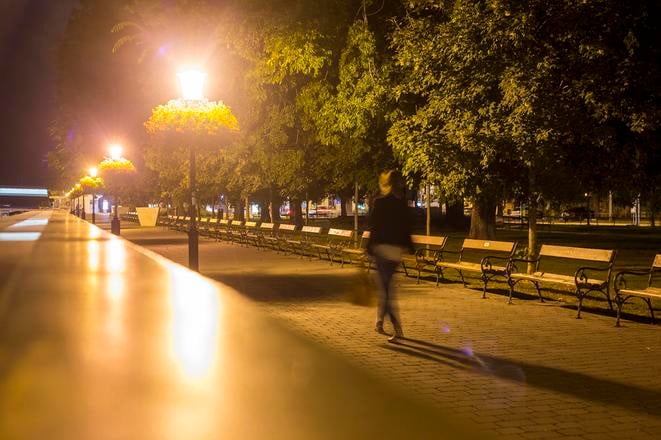This exercise is prepared by the Leaf Academy. It is part of the Spectator College programme and it is linked to the articles: Turn off the light every time you can, experts advise and How to learn science in a fun and easy way.
CONTENT
EXERCISE 1: Turn off the light every time you can, experts advise
EXERCISE 2: How to learn science in a fun and easy way
EXERCISE 1 linked to the article: Turn off the light every time you can, experts advise
Lesson Objectives
Read text and demonstrate understanding (comprehension, analysis, connection, and transfer)
Analyze position
Respond to argument and work with evidence
1. Read article (10 minutes)
a. Underline any words you do not recognize or understand.
2. Understanding: (5 minutes)
a. Have each student share word(s) they don’t know and define them.
3. Summarize/Monitor Understanding/Research (10 minutes)
a. Explain what light pollution is and the biggest sources of it.
b. What are the negative impacts of light pollution on humans? On insects?
4. Focused Free Write: (5 minutes writing, 5-minute discussion)
a. Prompt: There are many sources of pollution that negatively impact humans and other organisms. Light pollution is one of the easiest forms of pollution to stop. Agree or disagree with this statement and use evidence from the article to support your position.
5. Discussion (10 minutes)
a. Find common views and dissenting views regarding both pollution and light pollution. What role should high school students play in informing others about light pollution, its negative impact and how to change it?
EXERCISE 2 linked to the article:How to learn science in a fun and easy way
Lesson Objectives
Read text and demonstrate understanding (comprehension, analysis, connection, and transfer)
Analyze position
Respond to argument and work with evidence
Read article (5 minutes)
a. Underline any words you do not recognize or understand.Understanding: (5 minutes)
Have each student share word(s) they don’t know and define them.
Summarize/Monitor Understanding/Research (15 minutes)
Explain the purpose of the Aurelium Science Park.
Why so you think the park was named after Aurel Stodola? Can you name any any other famous Slovak scientists? If not, take a few minutes to look one up that you can share with the rest of the class.
Focused Free Write: (5 minutes writing, 5-minute discussion)
Prompt: Young people need to engage more in science, and not just memorize facts from their teachers or textbooks. As a student, does Aurelium sound like a more interesting way to learn science than in a traditional science class? Explain why or why not and cite evidence from the article.
Discussion (10 minutes)
Discuss different methods of learning science and explore similarities and differences in student positions regarding science education.
This exercise is prepared by the Leaf Academy and it is part of the Spectator College, a programme created by The Slovak Spectator.


 (source: Gabriel Kuchta, SME)
(source: Gabriel Kuchta, SME)